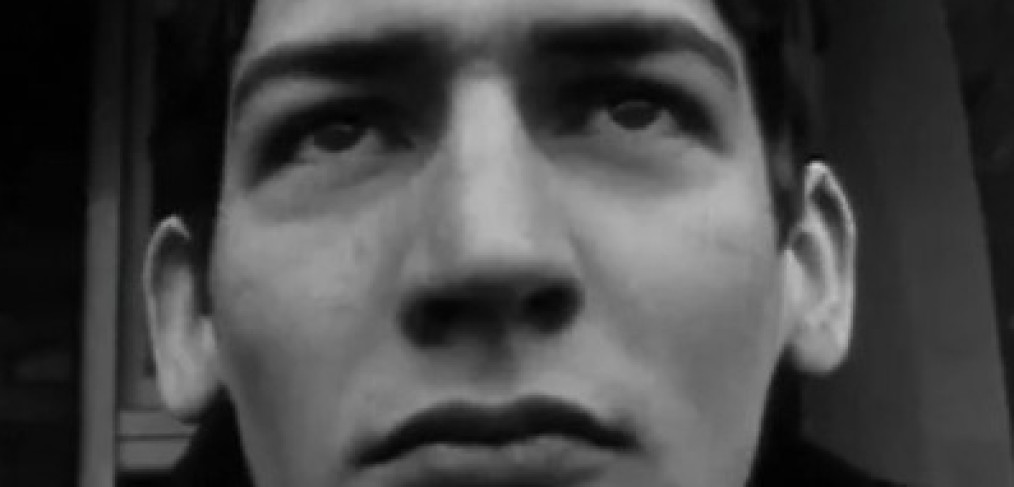
1,2,3…Action: Koolhaas’ career in filmmaking
Author: Aga Batkiewicz
Every great story has its beginning, just like every famed architectural career is rooted somewhere.
Tadao Ando was a boxer, Frank Ghery drove a delivery truck and Norman Foster served for the Royal Air Force.
In this sense, the story of Rem Koolhaas is no exception. Before studying architecture at the renowned AA in London, Koolhaas had a short, but successful episode in filmmaking as a member of the rebellious ‘1,2,3 Group.’ Also a part of this group was Rem’s long-time friend Rene Daalder who himself recently authored a biographical document on Koolhaas: ‘Leaning Towers’.
Koolhaas’ interest in cinematography was not accidental. His father, the acclaimed writer Anton Koolhaas has been the author of the scenarios of Academy-Award nominated films ‘Everyman’ and ‘Ape and Super Ape.’ In 1950, when Rem was six years old, Anton directed his first and only movie: ‘The Dike Restored’, a lofty, propaganda-like story of post-war reconstruction, depicting an engineer (or perhaps, an architect?) rebuilding the country from its ruins.
Being established in the sixties, the ‘1,2,3 Group’, with its anarchistic way of filmmaking, falls within the hectic time of the emergence of the hippie movement and worldwide counterculture. The group’s anti-authoritarian approach is well portrayed in their first movie ‘1,2,3 Rhapsody’, where in one of the scenes Koolhaas dives under the skirt of Queen Elizabeth and violates Her Majesty plunging like a vampire into the Queen’s neck.
After the Rhapsody, Koolhaas had co-written the script for Daalder’s first feature movie ‘The White Slave.’ This cutting-edge production became the most expensive Dutch film ever made to this date, which was quite an achievement for a couple of twenty-something years olds. The surreal and sarcastic story centers around the trafficking of beautiful Dutch women trained as nurses to be soon sent to Tangiers. Instead however, the ladies are being trapped in a brothel, forced to belly dance and pleasure the brothel’s master Abrahami. Absurd and bizarre, this story seems to have been written by a madman. Fascinating insight into Koolhaas’ early imagination.
Encouraged by the film’s success, Daadler and Koolhaas sketched out a script for another, this time a Hollywood production called “Hollywood Tower”. The film anticipates the emergence of the Hollywood of the 21st century, where cyborgs replace the actors and the last man truly admiring human flesh is the film’s main character–the director, Russ Meyer, a protagonist of a “sexploitation cinema”. The first draft of a proposed scenario was presented to Russ, however, despite having him on board, the movie has never been finished.
Koolhaas’ early experience in filmmaking has certainly been of a great influence for his future career. In a recent interview with the documentary maker Gary Hustwit for ‘Fast Company’ magazine, the architect compares the two practices:
‘There are a number of commonalities. Both are complex because they require huge amounts of money. They’re both about teamwork, obviously, and I personally think that you can look at filmmaking and it has a number of elements, such as narrative plot, montage, and jump cuts, and procedures that you could find an equivalent to in architecture very easily. Having been involved in movies in my early life, I think, really facilitated my sense of what architecture would be.’
The traces of a flexible collaboration within the “1,2,3 Group” can also be found in the way that the workflow of OMA is organized now. The members of the filmmaking group formed a sort of collective, without specified tasks or hierarchy, sharing different roles in front and behind the camera. As suggested by Daalder in his documentary, this multi-perspective way of collaborating is something that Koolhaas introduced later in the work of his office, where the opinions of the specialists from different disciplines clash in the turbulent design process.
I’d like to thank Rene Daalder who kindly allowed the publication of his films and photographs.







